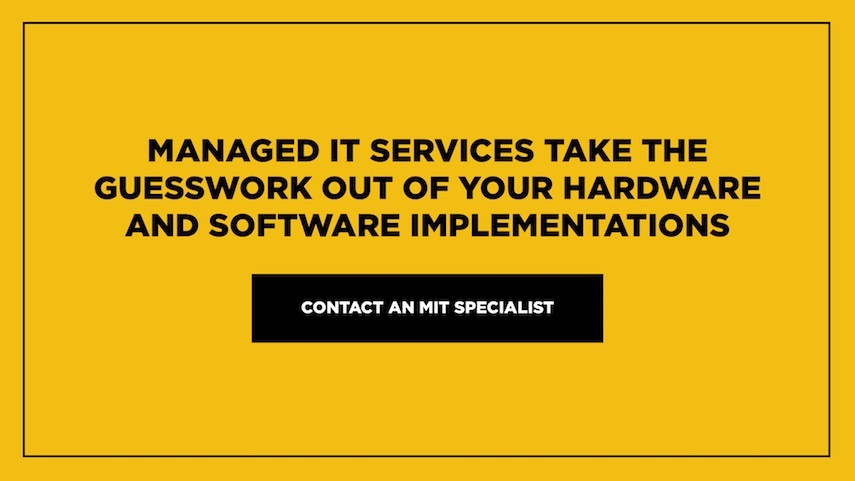How are you sizing up and profiling your potential customers? While profiling is a taboo word today, it is a common business practice and it should be.
An example of this is a woman entering a car dealership with two kids who gets directed to buy a certain vehicle (aka minivan) one day. She could arrive the next day in a sports car wearing a business suit and be pointed in a totally different direction.
We have a tendency to spend other people’s money. We decide what they can afford, what features they are interested in and who we think the decision maker is.
We often get this wrong. A better practice is letting people spend their own money. It sounds straightforward, but it takes intention and even a different process. Here’s a look at how businesses can more accurately position themselves with prospects:
- Make eye contact with everyone involved.
It’s common to gravitate towards who you think the decision maker is in a meeting – or who is at the top of the food chain. The decision maker may be different than you think. Therefore, it is important to recognize everyone is an influencer or they wouldn’t be there. Make it a point to connect with every person in the room. - Get a ballpark budget.
People are typically reluctant to share a dollar figure. It’s more common that they will indicate a range that helps you begin to understand the likely scope. Don’t narrow it too quickly. Usually, they want to be educated on what their options are and then alter what they’re willing to spend accordingly. Quite often we help people set or build a budget based on their desired outcomes. - Determine what’s prompting the purchase.
This is usually based on one of three things: 1) their current one is broken, 2) they desire to expand or increase efficiencies or 3) there’s a new decision maker (with different preferences or priorities). Asking and understanding the “why” for the purchase can help you better assess their needs and understand the budget and timeline. - Evaluate their expectations on outcomes.
Take time to understand what the expected and desired outcomes are of each member of the decision-making team. They may not be all the same and you could help prompt or facilitate a necessary dialogue among the team that helps identify a shared set of priorities. To get started, I often ask each person to complete this sentence: “This project or engagement will be successful if….” It can be the most important question we ever ask. Begin with the end in mind. - Assess and communicate the complexity of a project.
People sometimes want more than they can afford and may not understand what it takes to meet their requests. Identifying how simple or complex a project is helps to determine a timeline and price. At Marco, we have made it a part of our process to engage pre-sales engineers when necessary to better identify and explain the complexity of the solution. This helps our customers be more confident in our competency to deliver what is expected.
So the next time you think about what your customer might be willing to spend, think again to better understand what they really need and are willing to pay for. Don’t spend your customer's money until you know what they want.

